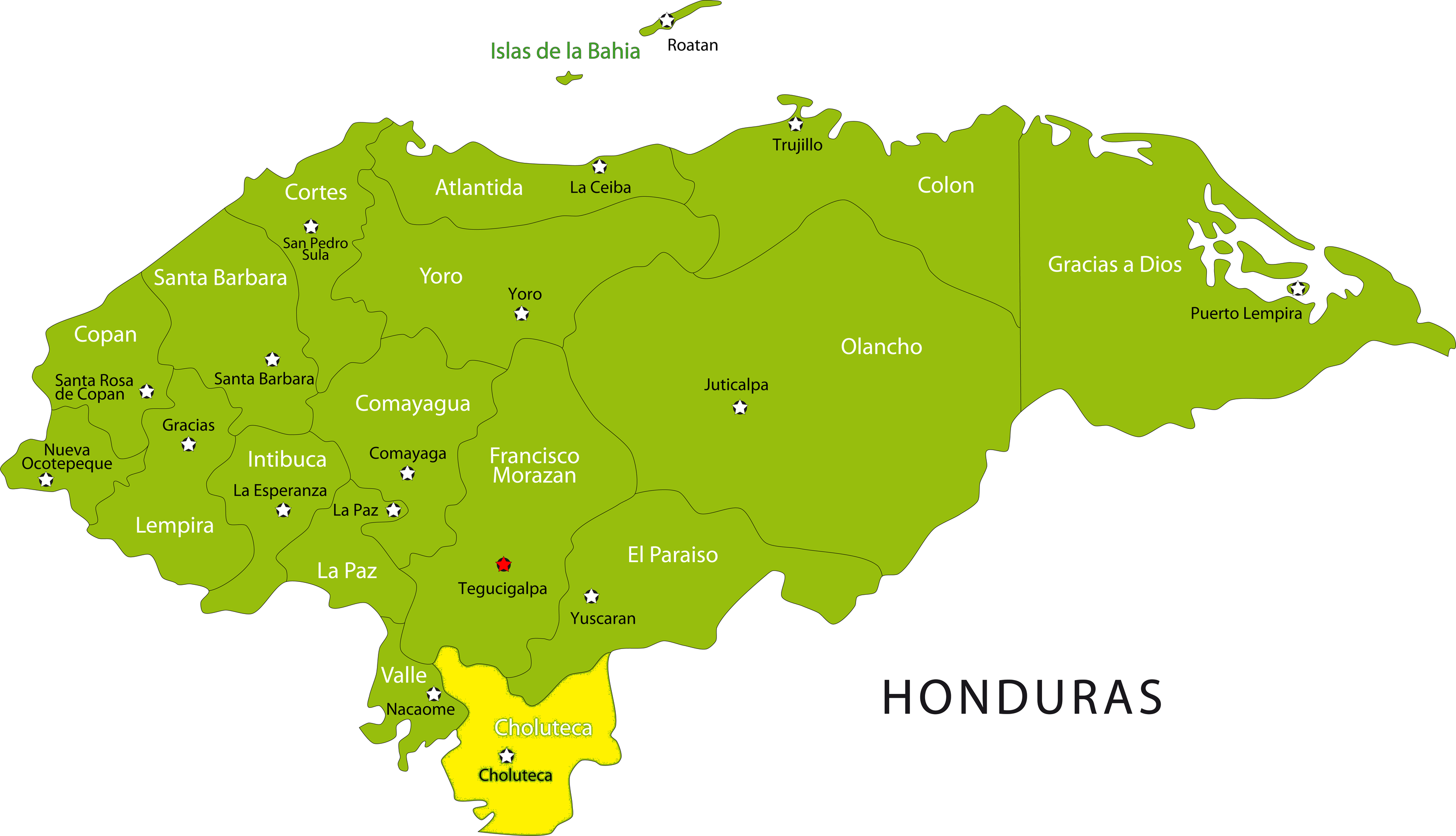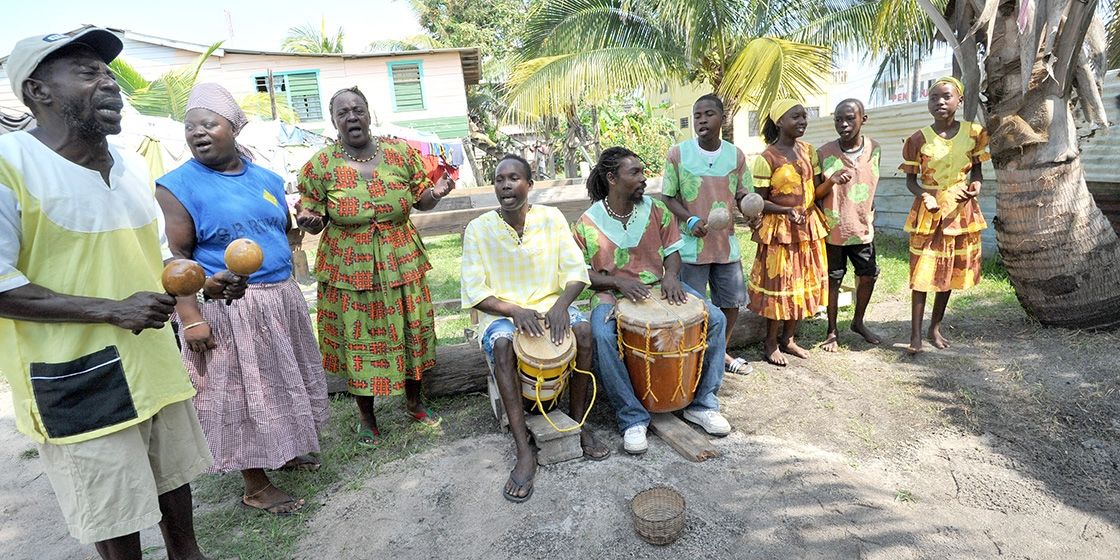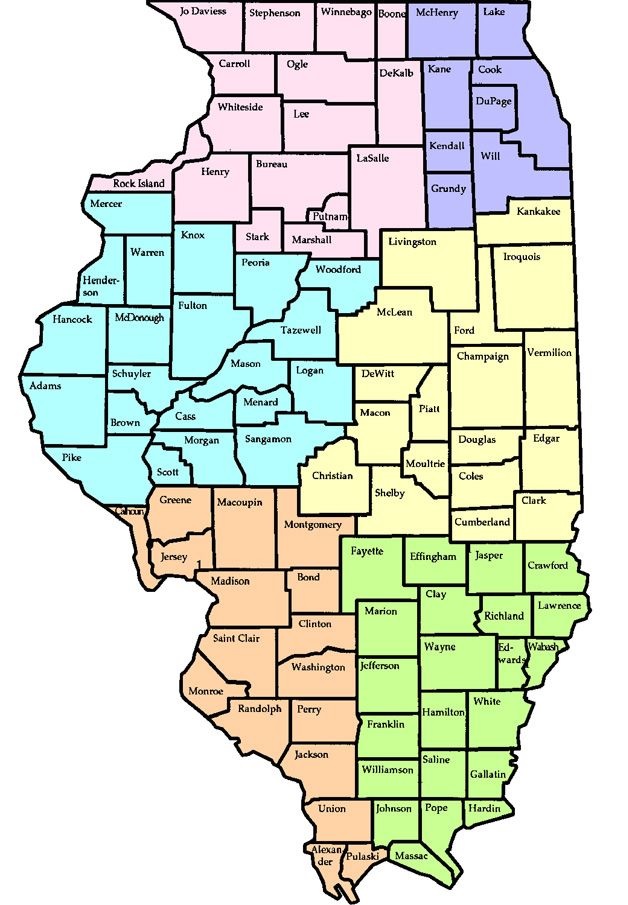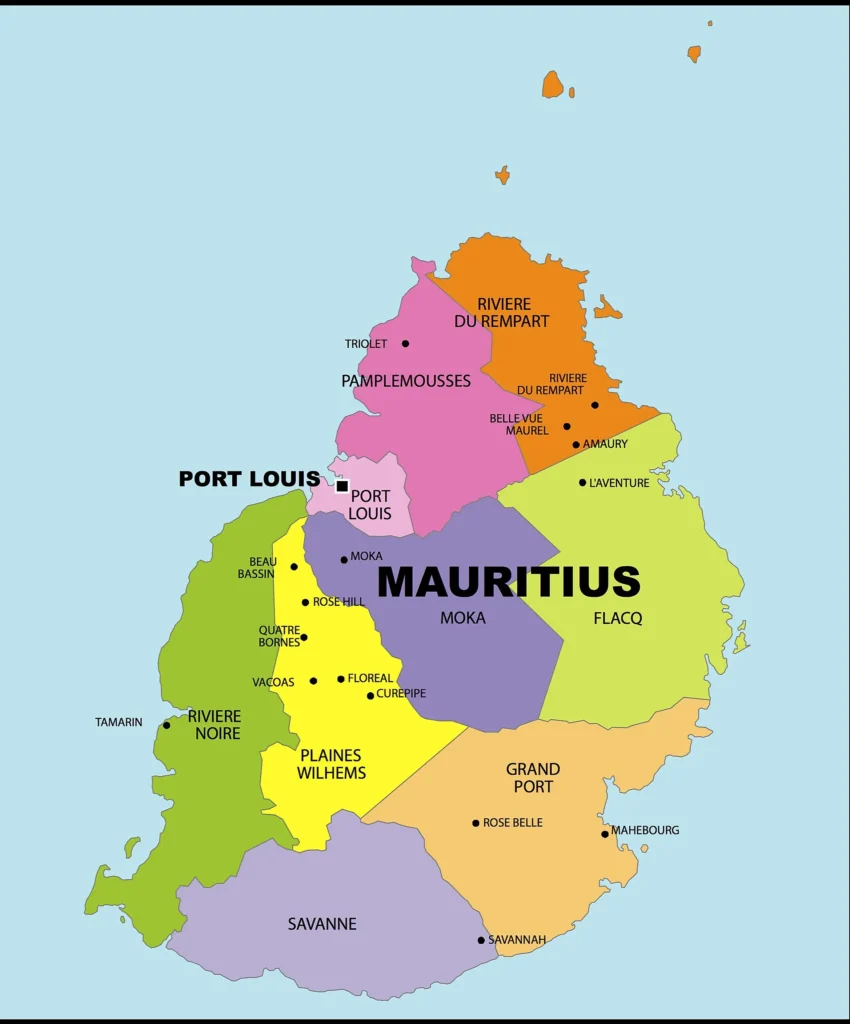Introduction to Honduras
Location and Geography
Honduras is located in Central America, bordered by Guatemala to the west, El Salvador to the southwest, and Nicaragua to the southeast. To the north lies the Caribbean Sea, providing Honduras with an extensive coastline, while the Pacific Ocean lies to the south via the Gulf of Fonseca.
Geographical Coordinates
Honduras is situated between latitudes 13° and 16°N and longitudes 83° and 89°W. The country covers an area of approximately 112,492 square kilometers (43,433 square miles), making it the second-largest country in Central America after Nicaragua.
Topography
The topography of Honduras is diverse, characterized by mountainous regions, coastal plains, and river valleys. The central part of the country is dominated by mountain ranges such as the Sierra de Agalta, Sierra de Omoa, and Sierra de Celaque, which includes Cerro Las Minas, the highest peak in Honduras at 2,870 meters (9,416 feet). The northern and southern coastal regions feature lowland plains and fertile valleys.
Climate of Honduras
Climate Zones
Honduras has a tropical climate, but variations exist due to the country’s diverse topography. The climate can be broadly categorized into three zones:
- Tropical Rainforest Climate: Found in the northeastern coastal regions and the Mosquito Coast, characterized by high temperatures and heavy rainfall throughout the year.
- Tropical Savanna Climate: Predominant in the interior highlands and southern regions, with distinct wet and dry seasons.
- Mountain Climate: Found in the higher elevations, featuring cooler temperatures and significant rainfall, especially in the cloud forests.
Rainfall and Temperature
The rainy season typically lasts from May to October, while the dry season extends from November to April. Average temperatures in the lowlands range from 25°C to 30°C (77°F to 86°F), while in the highlands, temperatures can vary between 16°C and 24°C (61°F and 75°F).
Historical Overview
Pre-Columbian Era
Honduras has a rich pre-Columbian history, with evidence of human habitation dating back to at least 12,000 years ago. The region was home to various indigenous cultures, including the Maya, Lenca, and Tolupan. The ancient Maya city of Copán, a UNESCO World Heritage Site, is one of the most significant archaeological sites in Honduras, showcasing the architectural and artistic achievements of the Maya civilization.
Spanish Colonization
Christopher Columbus first set foot on the mainland of Honduras in 1502 during his fourth voyage to the Americas. The Spanish conquest of Honduras began in 1524, led by Hernán Cortés and his lieutenants. The Spanish established settlements, including Trujillo and Gracias, and integrated the region into the Viceroyalty of New Spain.
Independence and Modern History
Honduras declared its independence from Spain on September 15, 1821, as part of the Central American Federation. It became an independent republic in 1838 after the federation dissolved. The 20th century saw periods of political instability, military coups, and economic challenges. However, recent decades have brought relative stability and efforts towards democratic governance and economic development.
Cultural Heritage
Ethnic Composition
Honduras is a multicultural nation with a diverse population. The majority are Mestizo (mixed indigenous and European ancestry), accounting for about 90% of the population. Other significant ethnic groups include indigenous peoples (such as the Lenca, Miskito, and Garifuna), Afro-Hondurans, and small communities of Europeans and Asians.
Languages
Spanish is the official language of Honduras, spoken by the vast majority of the population. Indigenous languages, such as Garifuna, Miskito, and others, are also spoken within their respective communities.
Religion
Roman Catholicism is the predominant religion in Honduras, practiced by approximately 46% of the population. Protestantism, particularly Evangelical denominations, has seen significant growth and is practiced by around 41% of the population. Other religions, including indigenous beliefs, Islam, and Judaism, are also present.
Festivals and Traditions
Honduras has a rich tradition of festivals and cultural events that reflect its diverse heritage. Some notable celebrations include
- Carnaval de La Ceiba: A vibrant carnival held in May in the city of La Ceiba, featuring parades, music, and dancing.
- Feria Juniana: Celebrated in June in San Pedro Sula, this festival includes cultural events, concerts, and agricultural fairs.
- Semana Santa: Holy Week is a significant religious observance with processions, reenactments, and church services held across the country.
Economy of Honduras
Economic Sectors
Honduras has a mixed economy with key sectors including agriculture, manufacturing, and services.
Agriculture
Agriculture plays a vital role in the Honduran economy, employing a significant portion of the workforce. Major crops include coffee, bananas, sugarcane, palm oil, and maize.
Manufacturing
The manufacturing sector includes textiles, apparel, and food processing. The country benefits from trade agreements such as the Central America-Dominican Republic Free Trade Agreement (CAFTA-DR).
Services
The service sector, particularly tourism and telecommunications, is a growing contributor to the economy.
Trade and Investment
Honduras engages in international trade, with the United States being its largest trading partner. Other significant partners include Guatemala, El Salvador, Mexico, and China. The country exports agricultural products, textiles, and manufactured goods while importing machinery, chemicals, and consumer goods.
Foreign Direct Investment
Foreign direct investment (FDI) is encouraged in Honduras, particularly in sectors such as manufacturing, tourism, and renewable energy. The government has implemented policies to create a favorable investment climate and improve infrastructure.
Demographics
Population Size and Growth
As of 2021, the population of Honduras is estimated to be around 10 million people. The population growth rate is approximately 1.6% per year, influenced by factors such as birth rates, migration, and health care improvements.
Urbanization
Honduras is experiencing rapid urbanization, with approximately 55% of the population living in urban areas. The largest cities include Tegucigalpa (the capital), San Pedro Sula, Choloma, and La Ceiba.
Health and Education
Honduras faces challenges in health care and education but has made strides in improving access and quality. The government and international organizations are working to enhance health care infrastructure, reduce infant mortality rates, and increase literacy levels.
Fun and Interesting Facts about Honduras
Biodiversity
Honduras is home to a remarkable diversity of flora and fauna, with numerous national parks and protected areas. The country boasts over 700 bird species, making it a popular destination for birdwatching enthusiasts.
Bay Islands
The Bay Islands, located off the northern coast in the Caribbean Sea, are renowned for their stunning coral reefs and vibrant marine life. The islands of Roatán, Utila, and Guanaja attract divers and snorkelers from around the world.
Punta Music
Punta is a traditional dance and music style that originated with the Garifuna people of Honduras. It is characterized by rhythmic drumming, lively dancing, and vibrant costumes.
Where is Honduras located?
Honduras is located in Central America, bordered by Guatemala, El Salvador, Nicaragua, the Caribbean Sea, and the Pacific Ocean via the Gulf of Fonseca.
What is the capital of Honduras?
The capital of Honduras is Tegucigalpa, which is also the largest city in the country.
What language is spoken in Honduras?
The official language of Honduras is Spanish. Indigenous languages such as Garifuna and Miskito are also spoken within their communities.
What is the currency of Honduras?
The official currency of Honduras is the Honduran lempira (HNL).
What are the major industries in Honduras?
Major industries in Honduras include agriculture (coffee, bananas, sugarcane), manufacturing (textiles, apparel), and services (tourism, telecommunications).
What is the population of Honduras?
As of 2021, the population of Honduras is estimated to be around 10 million people.
What are some popular tourist destinations in Honduras?
Popular tourist destinations in Honduras include the Bay Islands (Roatán, Utila, Guanaja), Copán Ruins, La Tigra National Park, and the colonial town of Gracias.
What is the climate like in Honduras?
Honduras has a tropical climate with variations due to its diverse topography. The coastal regions experience high temperatures and heavy rainfall, while the interior highlands have a tropical savanna climate with distinct wet and dry seasons.
What is the significance of the Bay Islands?
The Bay Islands are known for their stunning coral reefs and vibrant marine life, making them a popular destination for diving and snorkeling.
What are some traditional Honduran festivals?
Traditional Honduran festivals include Carnaval de La Ceiba, Feria Juniana in San Pedro Sula, and Semana Santa (Holy Week) celebrations.
Conclusion
Honduras is a country of rich cultural heritage, diverse landscapes, and vibrant traditions. From its ancient Mayan ruins to its stunning coastal regions and thriving urban centers, Honduras offers a wealth of experiences for visitors and researchers alike. Understanding the country’s geography, climate, history, culture, and economy provides a comprehensive perspective on this Central American nation.
- 10 Iconic Animals Of South Africa - September 30, 2024
- Santa Cruz, California - September 19, 2024
- Richmond, Virginia - September 18, 2024





